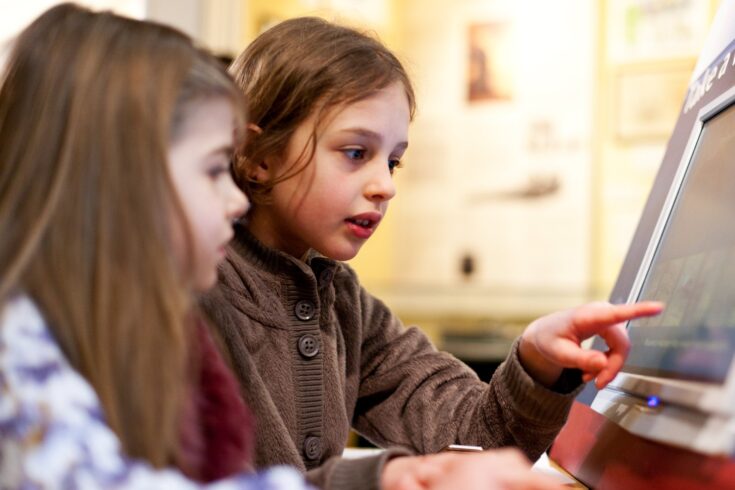They are the first two projects to be funded through the Arts and Humanities Research Council’s (AHRC) Exhibitions Fund, a pilot programme to support the development of creative approaches to exhibitions.
In addition to developing innovative new forms of exhibitions the projects will also contribute to the evolution of curatorial practice across the sector.
Tactile exhibitions
One project is led by Dr Ken Wilder and Dr Aaron McPeake at the Chelsea College of Arts, part of the University of the Arts London.
In partnership with the Henry Moore Institute and Shape Arts, the project will develop exhibitions to enhance blind people’s experience of art in museums.
Beyond the Visual: Blindness and Expanded Sculpture will explore how contemporary sculpture can be engaged with through senses other than sight.
It will run the first major UK-based sculpture exhibition featuring a majority of work by blind or partially blind artists to take place in a national institution. The exhibition will be based at the Henry Moore Institute in Leeds, and is rare in having a blind curator as integral to the project.
Exhibitions for young children
The second project is led by Professor Rachel Holmes at Manchester Metropolitan University, with Dr Becky Shaw (Sheffield Hallam University) and Katy McCall (Manchester Art Gallery).
Things of the Least, will be a lively exhibition-making through the material encounters of under-three’s. It will overturn conventional assumptions about very young children, positioning them as active contributors to the public space of the museum.
In partnership with Sure Start, the exhibition will produce an experimental exhibition designed with children under three years of age and their families.
The project will generate a series of gallery and live public experiences to energise the relationship between artefacts and daily life. It will bring some elements of the exhibition out of the museum into streets, homes and community spaces to create interactive installations.
Each project will receive £250,000 in funding.
Different and overlooked audiences
AHRC Executive Chair Professor Christopher Smith said:
As audiences and venues change, and as we seek to be more inclusive and bring our culture to everyone, the nature of how we stage and curate exhibitions needs to evolve.
These projects will unlock fresh ways for different and often overlooked audiences to experience our historical and cultural heritage, ensuring its value can be fully appreciated by many more people, but they will also inform all of our exhibition making.
This represents another step in AHRC’s commitment to equality, diversity and inclusion and to supporting our brilliant and innovative museums and galleries.
Top image: Credit: urbancow, E+ via Getty Images

